Key Takeaways
- Legionnaire's disease is a severe form of pneumonia caused by the Legionella bacterium.
- It spreads through inhaling contaminated water droplets, not person‑to‑person.
- Early symptoms include cough, fever, muscle aches, and gastrointestinal upset.
- Prompt diagnosis with urinary antigen or PCR testing is essential for effective treatment.
- Azithromycin, levofloxacin, and doxycycline are the main antibiotics; maintaining clean water systems prevents outbreaks.
When you hear the term Legionnaire's disease, you might picture a rare travel‑related illness. In reality, it’s a type of pneumonia that can strike anyone exposed to contaminated water aerosols. Below we break down what causes it, how to spot it, and what to do once you’re diagnosed.
What is Legionnaire's disease?
Legionnaire's disease is a severe lung infection caused by the bacterium Legionella. First identified after a 1976 conference in Philadelphia, the disease has since been linked to hotels, hospitals, and even residential plumbing.
How does Legionella spread?
Legionella lives in natural freshwater sources, but it thrives in man‑made water systems that are warm and stagnant. When water is heated between 20°C and 50°C, bacteria multiply and form a protective biofilm. Using showers, hot‑tubs, or cooling towers creates tiny droplets that can be inhaled, delivering the pathogen directly to the lungs.
Key pathways include:
- Showers and faucets with low flow or dead‑leg piping.
- Large‑scale cooling towers on commercial buildings.
- Hot‑water tanks that aren’t regularly flushed.
- Legionella‑contaminated mist or humidifier devices.
Who is most at risk?
Anyone can catch the disease, but certain groups face higher odds. The risk factors are:
- Smoking history - damages lung defenses.
- Age over 50 - natural decline in immune function.
- Chronic lung disease such as COPD or asthma.
- Immunosuppressive conditions, including HIV, cancer therapy, or organ transplants.
- Recent travel or stay in facilities with complex water systems.
Understanding these factors helps clinicians decide when to test for Legionella early.
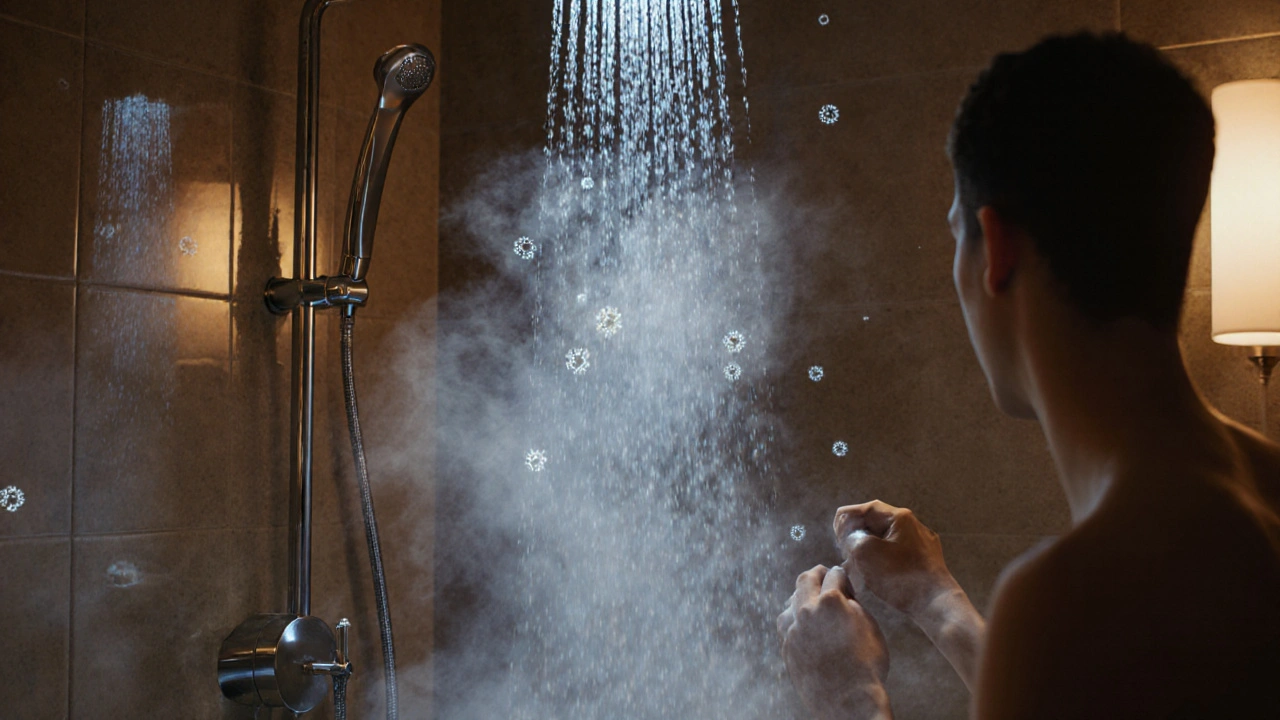
Recognizing the symptoms
Legionnaire's disease often mimics ordinary flu or bronchitis, which can delay treatment. Typical signs appear 2‑14days after exposure, known as the incubation period.
- High fever (often above 39°C)
- Persistent cough - can be dry or produce sputum
- Shortness of breath, especially during exertion
- Muscle aches and headache
- Gastrointestinal upset - nausea, vomiting, or diarrhea
- Confusion or mental status changes in severe cases
When multiple symptoms cluster together, especially after a known exposure, doctors should consider Legionella testing.
Getting a diagnosis
Because the disease can quickly deteriorate, labs use fast, accurate tests. The two most common are:
- Urinary antigen test - detects Legionella pneumophila serogroup1 within hours.
- PCR (polymerase chain reaction) on sputum or bronchoalveolar lavage - identifies a broader range of Legionella species.
Chest X‑rays show patchy infiltrates, while blood tests may reveal elevated white‑cell counts and C‑reactive protein. Early imaging combined with antigen testing can confirm the infection before cultures finish growing (often 3‑5 days).
Treatment options
Once confirmed, treatment focuses on two fronts: eradicating the bacteria and supporting the patient’s breathing.
The first‑line antibiotics are macrolides and fluoroquinolones. Below is a quick comparison of the most frequently prescribed drugs.
| Drug | Class | Typical Dose (Adult) | Key Advantages | Common Side Effects |
|---|---|---|---|---|
| Azithromycin | Macrolide | 500mg IV/PO daily for 7‑10days | Good tissue penetration, less QT prolongation risk | GI upset, mild liver enzyme rise |
| Levofloxacin | Fluoroquinolone | 750mg IV/PO daily for 7‑10days | Rapid bactericidal action, covers resistant strains | Tendinitis, photosensitivity, occasional QT prolongation |
| Doxycycline | Tetracycline | 100mg PO twice daily for 14‑21days | Broad spectrum, oral only | Esophageal irritation, photosensitivity |
For severe cases requiring ICU care, clinicians may combine a macrolide with a fluoroquinolone until susceptibility results return. Supportive measures include oxygen therapy, fluid management, and, if needed, mechanical ventilation.
The Centers for Disease Control and Prevention (CDC) recommends a minimum 7‑day course, but treatment can extend to 21days for immunocompromised patients.
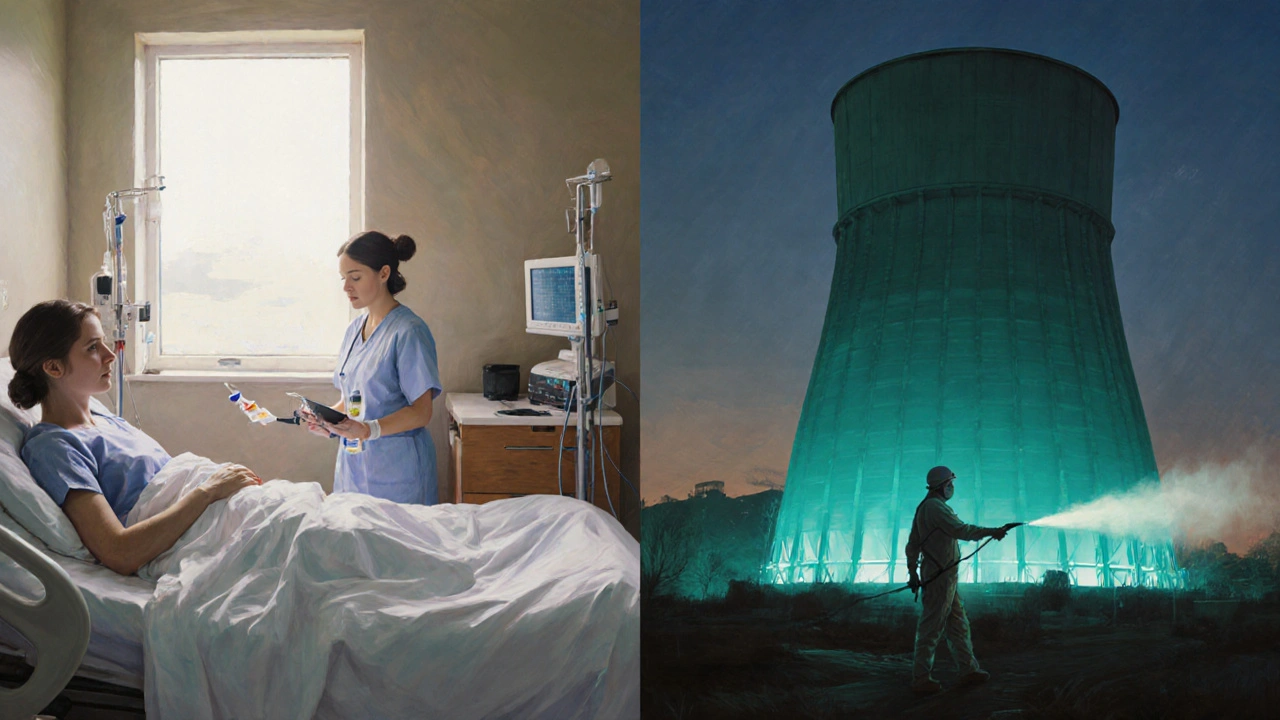
Prevention and control
Because the bacterium lives in water, the most effective defense is regular system maintenance.
- Maintain hot‑water temperatures at 60°C (140°F) and cold water below 20°C (68°F).
- Flush unused taps monthly to clear stagnant water.
- Use disinfectants such as chlorine or monochloramine at recommended levels.
- Schedule routine Legionella testing for hospitals, hotels, and large residential complexes.
- Implement a water safety plan that includes risk assessment, monitoring, and corrective actions.
When an outbreak is suspected, the World Health Organization (WHO) advises rapid environmental sampling, epidemiological tracing, and temporary shutdown of the implicated water source.
Next steps if you suspect infection
If you develop fever, cough, and GI symptoms after staying in a hotel or using a communal shower, seek medical attention ASAP. Mention any recent exposure to hot tubs, cooling towers, or large‑scale water systems so the clinician can order a urinary antigen test.
While awaiting results, stay hydrated, rest, and avoid smoking or heavy alcohol use, as both can worsen lung injury. Keep a record of the locations you visited; this helps public health investigators pinpoint the source if an outbreak emerges.
Frequently Asked Questions
Can Legionnaire's disease be caught from a swimming pool?
It’s rare, but if a pool’s filtration system is poorly maintained and water temperature stays in the warm range, Legionella can grow. Proper chlorination eliminates the risk.
Is there a vaccine for Legionella?
No licensed vaccine exists for humans. Research is ongoing, especially for high‑risk occupational groups.
How long does it take to recover?
Mild cases often improve within a week of antibiotics. Severe pneumonia can require weeks of rehab, and some patients experience lingering fatigue for months.
Should I avoid hot tubs during an outbreak?
Yes. Public health alerts will advise staying away from communal hot tubs until testing confirms they’re safe.
Can antibiotics cause resistance in Legionella?
Resistance is uncommon but has been reported, particularly with fluoroquinolones after incomplete courses. Completing the prescribed regimen reduces this risk.
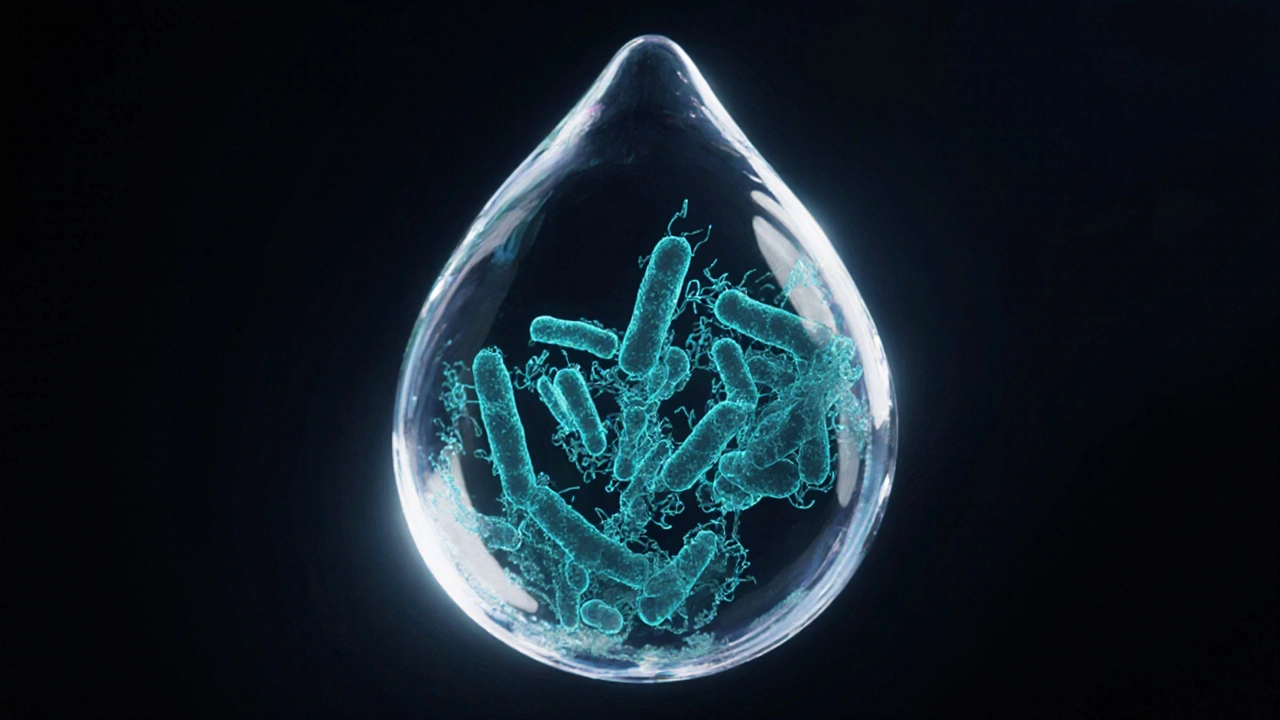
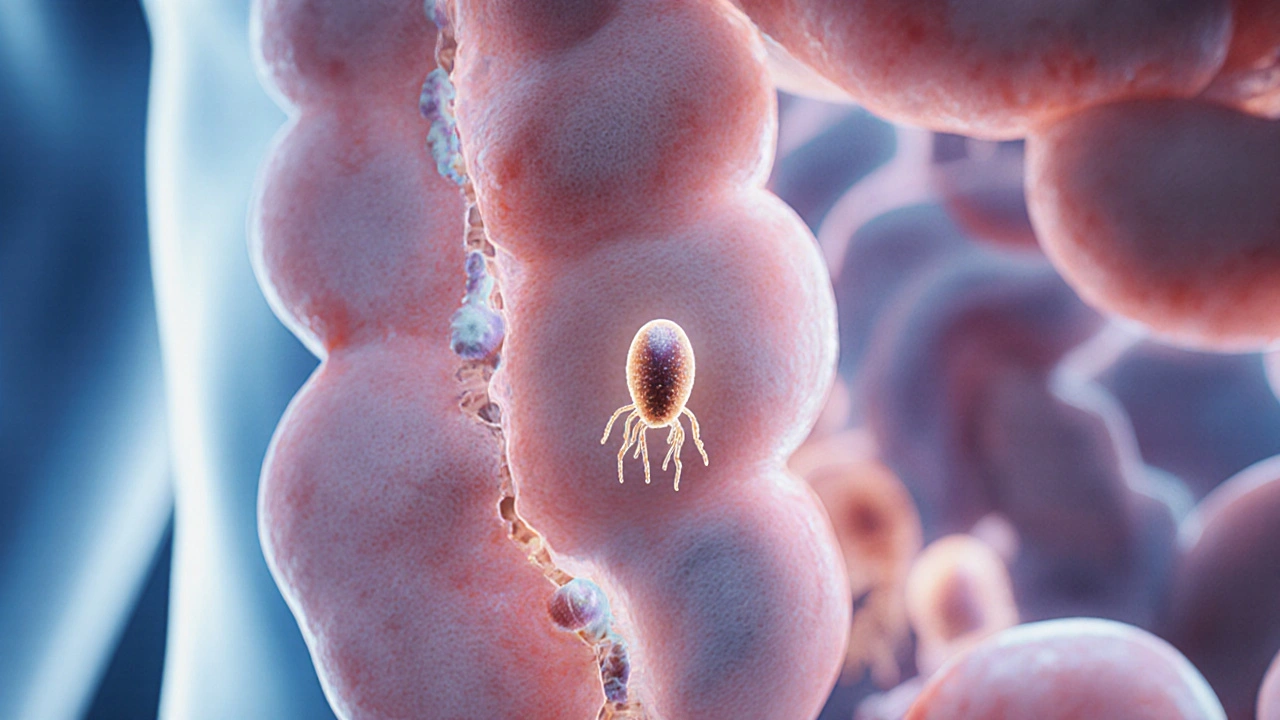
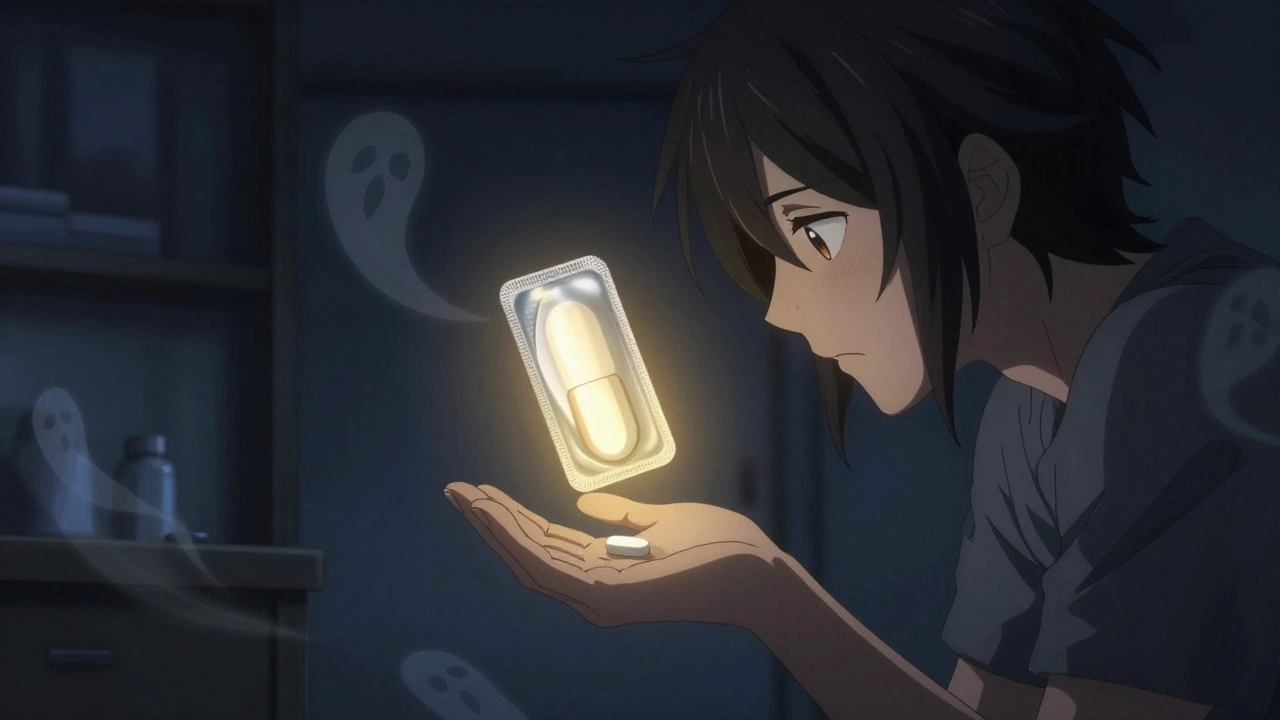


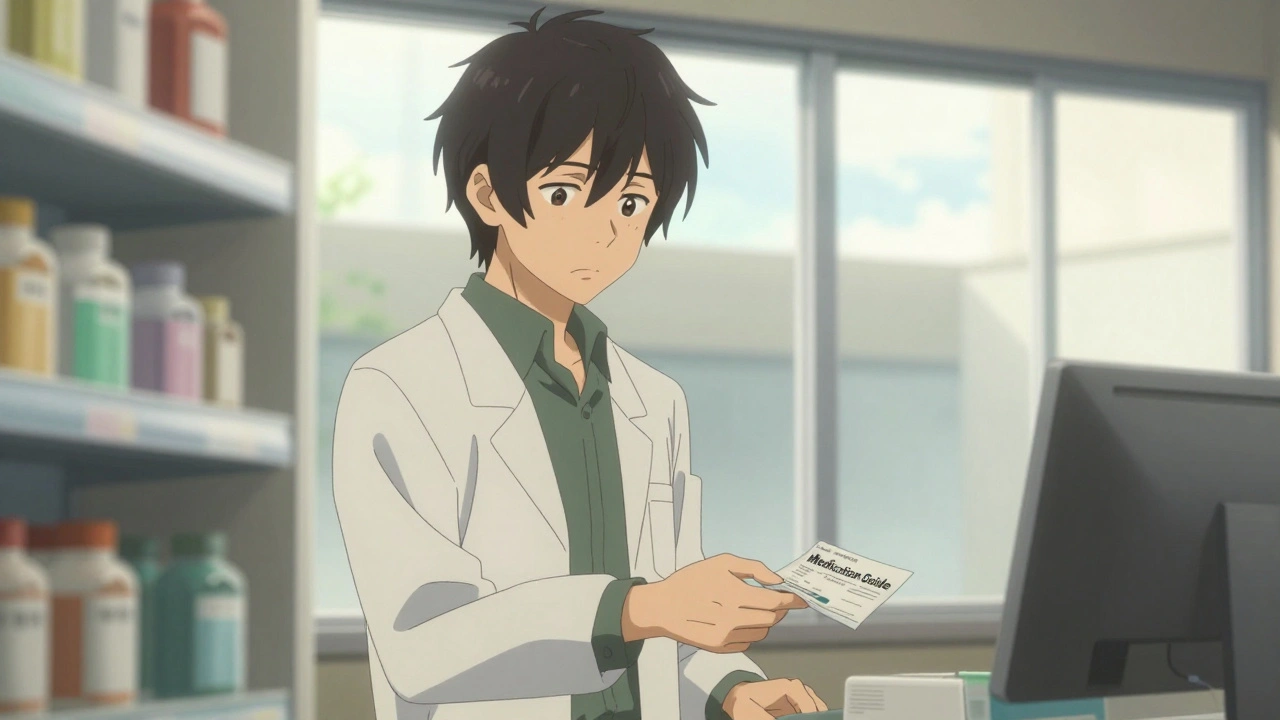

Srinivasa Kadiyala
October 12, 2025 AT 04:29While the article correctly notes that Legionella thrives in warm, stagnant water, it neglects to mention that the bacterium is also prevalent in natural freshwater sources, such as lakes and rivers; indeed, even well‑maintained municipal supplies can harbor it, if biofilm formation occurs! Moreover, the claim that “person‑to‑person transmission does not occur” is technically accurate-but one must also consider indirect aerosol transmission from household humidifiers, which the piece only glosses over. Finally, the emphasis on hot‑tub outbreaks eclipses the growing evidence of Legionella in cooling‑tower‑adjacent residential high‑rises, a fact that deserves equal attention.
Alex LaMere
October 21, 2025 AT 10:43Legionella testing should be ordered early - the urinary antigen is fast. Azithromycin and levofloxacin remain first‑line agents. 👍
Dominic Ferraro
October 30, 2025 AT 16:56Legionnaire’s disease is a scarier foe than most people realize. It can turn a simple hotel stay into a battle for breath. The bacteria hide in warm water, waiting for a chance to hitch a ride on an invisible droplet. When you step into a shower, you may inhale those tiny carriers without knowing it. Fever spikes, coughing erupts, and your body fights a war it never asked for. Muscle aches pound like drumbeats, and your stomach may rebel with nausea. Diagnosis hinges on a quick urine test that can save precious hours. The doctors then unleash powerful antibiotics, targeting the invader with precision. Azithromycin works like a stealthy ninja, slipping into lung tissue where the bugs hide. Levofloxacin strikes faster, wiping out resistant strains before they multiply. Even doxycycline joins the fight, offering an oral option for milder cases. Supportive care, oxygen, and fluids keep the patient’s engine running while the drugs do the heavy lifting. Recovery can be swift if treatment starts early, but delayed care leads to weeks of rehab and lingering fatigue. Prevention, however, rests in our hands-clean water systems, regular flushing, and vigilant monitoring keep the pathogen at bay. By staying informed and proactive, we turn the tide against this hidden danger.
Jessica Homet
November 8, 2025 AT 23:09Wow, another epic saga about germs‑as‑villains. As if we needed a drama series for bacteria, right? Your “battle” metaphor is overkill for a pneumonia case. 🙄
mitch giezeman
November 18, 2025 AT 05:23Great rundown! If you’re setting up a new building, start with a water safety plan, schedule quarterly thermal flushes, and keep disinfectant levels in check. Those steps cut the risk dramatically and save you headaches later.
Kelly Gibbs
November 27, 2025 AT 11:36Sounds like a solid checklist for facility managers.
KayLee Voir
December 6, 2025 AT 17:49I hear you, and I’d add that training maintenance staff on proper flushing techniques can make a huge difference. It’s all about creating a culture of vigilance.